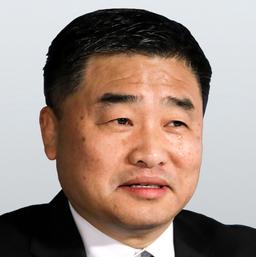Chinese all around the world are sending pain and fever relief medicine to mainland China despite the country being the world’s largest manufacturer of the non-prescription drugs.
China supplies about one third of the world’s Ibuprofen, which along with other fever and pain medicines, is in short supply now due to the current COVID outbreak in China. The shortages are putting a strain on Chinese residents.
Retail drug stores in China were reported to be sending increased drug orders to wholesalers twice a day for these medicines.
Chinese around the globe are buying and sending these non-prescription medicines back home to help their relatives and friends in China. CVS and Walgreen have recently set purchase limits for customers because of supply shortage.
According to Chinese-language media, there are two main reasons for the shortage of pain and fever relief medicines: the government has limited the production scale of these medicines in the past, and the current surge of COVID is causing a shortage of workers for the drug industry, resulting in lower than usual productions.
Many Chinese families have no reserves of these medicines because under the regime’s strict zero-COVID policy that was only lifted on Dec. 7, purchasing these medicines could lead to forced quarantine.
So far, the CCP regime has not provided any explanations to the public about why it did not order to increase the production scale of these non-prescription medicines before it ended its zero-COVID policy.
The Chinese economy still heavily relies on a centrally-planned economy, although the regime does recognize a market economy as a supplement in its socialist economic system. The regime has possessed absolute power when it comes to increasing or decreasing certain productions in different industries.
Nobody knows the real reason why the regime did not plan ahead to increase the pain and fever medicine before it made policy changes. At the time of the abrupt policy change, mass protests were breaking out across China calling for an end to zero-COVID.
Meanwhile, according to the World Health Organization, the explosion of cases in China “is not due to the lifting of COVID restrictions.”
The U.S. government offered help to China on Dec. 14. But Chinese Foreign Ministry spokesman Wang Wenbin turned down the offer the same day, saying the CCP had full confidence to overcome the current hardship by relying on the advantages of China’s socialist political system.





